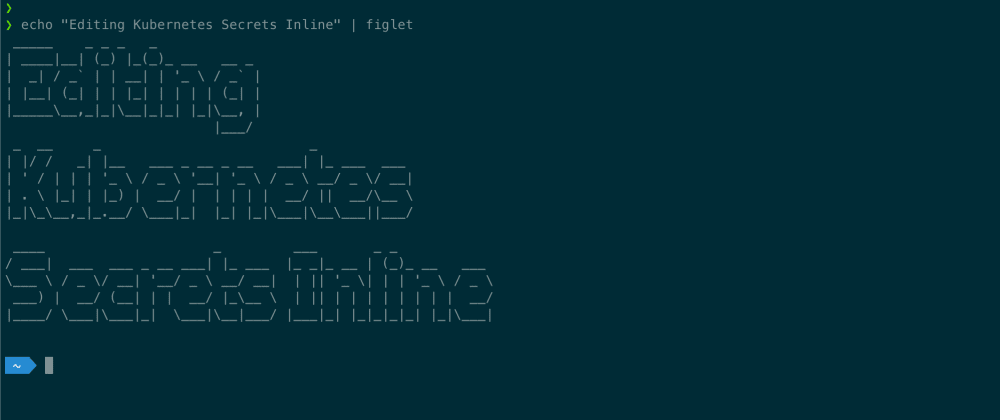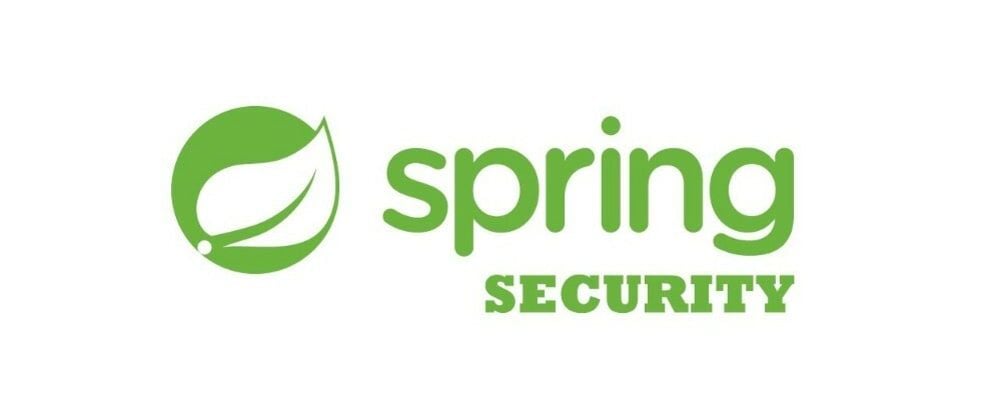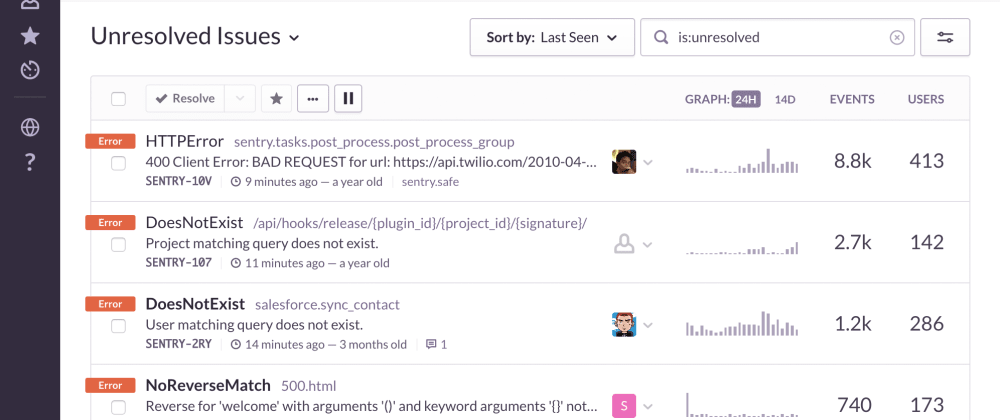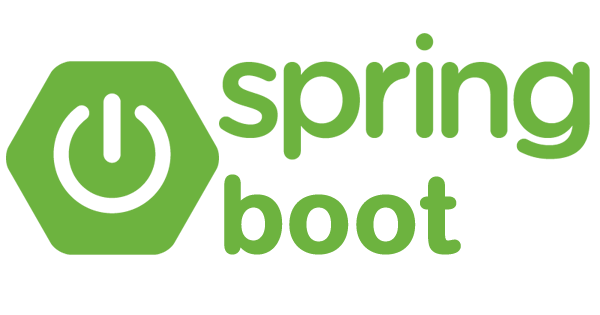“What do you think we should build?”
The essential product management question can also be a vexing one.
As much as we get into product management to delight customers with the next fantastic idea, we’ve all felt lost at one time or another when it comes to knowing what to build next.
That’s why I put together my favorite non-mainstream ways to find your next killer idea - I hope you help them helpful!
- Customer Misbehavior
- JTBD Style Interviews
- IRL Observation
- Digital Observation
- Extreme Questions
- Customer Journey Maps
- Internal App as Expansion Product
- Usability Testing
- Content Testing
- Infrastructure Layer as Expansion Product
- Note & Vote
- Anti-Incumbents
- Opportunity Backlog
1. Customer Misbehavior
Embrace strangeness - lookout for customers using your product in unusual or unanticipated ways. Are users doing something that you didn’t plan for or officially support?
If so, do some homework:
- What was happening that caused them to try your product for <unconventional use case> in the first place?
- What unexpected utility did they find in your product?
- What problem are they solving?
Then, build to support the new use case.
Examples:
eBay. Customers began selling things they didn’t officially support; concert tickets, fine art, and even cars. This inspired dedicated areas for more specific purchases like eBay Motors.
Instagram. An early version was called 🥃 Burbn and focused on social check-ins. Users didn’t adopt the check-in feature but went crazy uploading photos, leading the team to focus on photo sharing.
Play-Doh started out as Kutol, a cleaning compound for wallpaper. The company nearly went under until they read a newspaper article about teachers using the compound with students who loved molding it into all sorts of shapes.
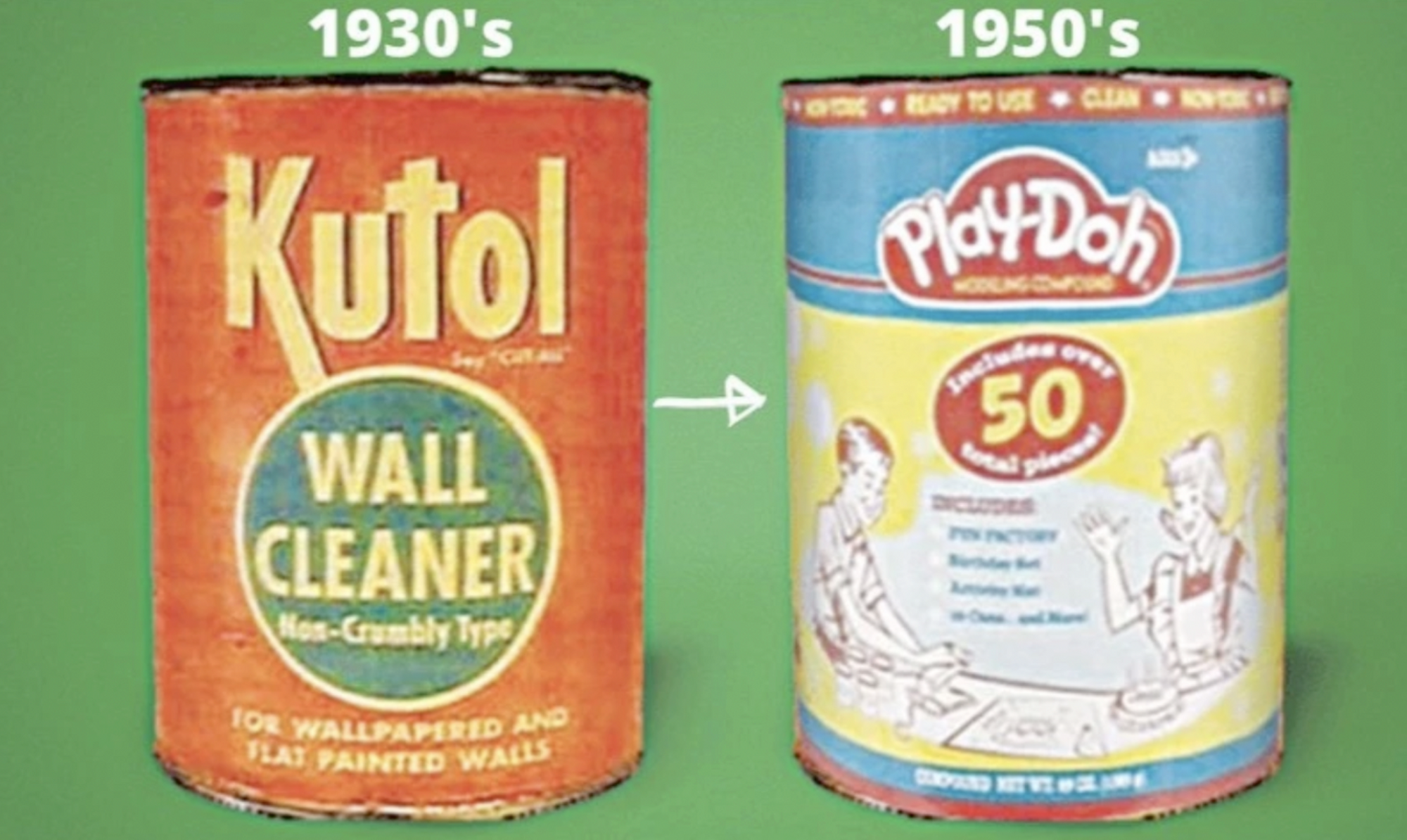
Two ways to leverage customer misbehavior:
- Always be on the lookout for stories and anecdotes of customer misbehavior.
- If possible, design features in an open way that encourages users to experiment. Back to our eBay example, the team purposely did not restrict any transactions on the platform.
- (Side Note) this is one reason why it’s popular to use in-app search. It gives you tremendous data on what users are looking for.
2. Jobs-to-be-done Style Interviews
JTBD is a theory that says when customers make a purchase, they are hoping for a type of progress that goes beyond the functional nature of the product.
These jobs are the underlying reasons customers buy. By understanding them, we can design our product to suit.
For example, when customers shop at Weber, are they buying a grill or are they buying…
- ⭐ The pride of enjoying a meal that you created
- 😌 The feeling of relaxation that comes from cooking at home
- 😘 The ability to impress a love interest
- 🥳 The joy of backyard BBQ parties with friends
The hard truth is that traditional interviews in which you ask users direct questions about what they want or don’t want, what they like or don’t like, are largely a waste of time.
“Decades of research on investigative interviewing have shown that participants struggle to answer direct factual questions accurately.” - Teresa Torres, Continous Discovery Habits.
This is what makes the JTBD method powerful. Instead of asking direct questions, we learn insights indirectly by getting our customers to tell one specific, detailed story about their purchase.
Here’s an interview guide to get you started → JTBD Interview Guide.
3. IRL Observation
Many moons ago, Consumer Packaged Goods (CPG) giant P&G was trying to develop a new floor cleaner. Years of lab experiments yielded no results; they couldn't chemically create a better cleaning solution.
Perplexed, they hired a team of industrial designers who went to people’s homes to observe them as they cleaned.
They had two major findings:
- Having a clean floor was super important; it was the central part of having a clean home.
- Cleaning the floor sucked. Mopping was clunky, gross, and physically demanding.
The designers began to purposely spill coffee on the floor to see how people would react. They would:
- Grab a paper towel
- Wet it
- Bend down and clean up the spill
This became the inspiration for the… SWIFFER. A glorified wet paper towel at the end of a stick and an all-time CPG success story.
A year after release, P&G had sold more than $11.1 million in Swiffer starter kits.
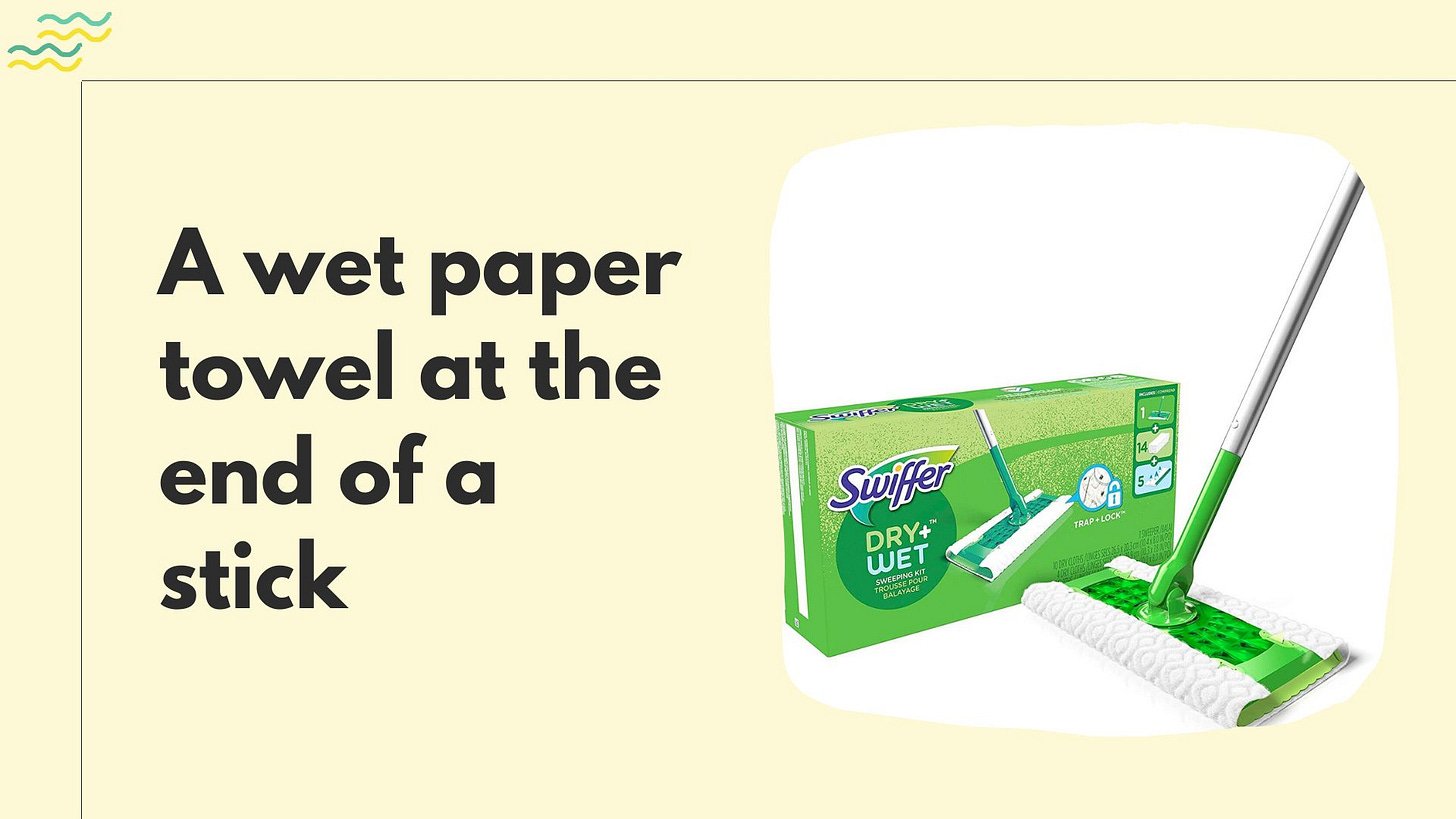
The idea is to go full Anthropologist and watch the rare and fascinating beasts that are your users in their natural environment.
Gustaf Alstromer, Group Partner at Y Combinator, shared a similar sentiment on Lenny’s Podcast.
“The best way I’ve learned how to discover the pain is to watch people. Have them screen share, have them walk you through their daily workflow in the area where you are doing discovery.
The best way to figure out the intensity of the problem is not to ask users, but to watch them.”
4. Digital Observation
We can’t always observe customers IRL so instead, creep on them digitally. Use products like Microsoft Clarity (it’s free), CrazyEgg, or Fullstory that offer session recording.
Spend time each week watching users work in your app will help you come up with a constant stream of new ideas.
5. Extreme Questions
Embrace chaos! Unleash creative potential by thinking through unconventional questions.
10x Prices
What conditions would need to be in place for a 10x price increase to be justified? Who would be the new customer persona for this new, premium version?
One Opinionated User
Imagine you are forced to ship a feature designed for one outlandish customer. How would it cater to their particular needs? How would it reflect their personality?
(Side note) if you are trying to do something innovative*,* it is much better to focus on building for outliers than for normies.
Turn up the Fun
What's the most fun thing to build? Not just any random idea but something that improves the product while delighting customers.
Zero Customers
What strategies would we employ if our customer base disappeared? How would we attract new users if we had to begin from the beginning? What would set us apart as a new player in our industry?
Complete Ripoff
How could we stay ahead of our competition if they copied every one of our features? What utility does our product offer that goes beyond features? How can we make the most of said utility?
6. Customer Journey Maps
- Spend time documenting the steps of the customer journey.
- As you go, pinpoint moments of both frustration and delight.
- Then, come up with ideas to:
- Address problem areas
- Maximize moments of joy
This leverages the Peak-End Rule that says we form our opinion of an experience based on intense positive/negative moments and how it wraps up.
Here’s the journey map we created when building Workers’ Comp startup Cake Insure.
.png?width=2000&height=785&name=image%20(1).png)
7. Internal App as Expansion Product
Have an amazing internal app? You may consider pivoting said app into an expansion product.
Products like Fullstory (analytics), Intercom (live chat), Basecamp (project management), and Shopify (eCommerce) were created based on internal tools.
When educational game startup Glitch failed, the team looked for a pivot. They chose an unlikely candidate - an internal messaging app that was earning rave reviews among the staff. This would go on to become Slack.
I’m biased, but I’m fond of Focused Lab’s Aloe-Tater, our client allocation dashboard, and its pineapple logo.
8. Usability testing
You may think of usability testing in the context of validating a new idea. It’s also powerful for generating ideas on how to improve existing products. Here’s how:
- Schedule 5x tests with representative users.
- Ask them to perform representative tasks in your application.
- Don’t demo. Shut up and let them do the talking.
- Prompt them to think aloud as they work through the application.
- Observe what works, what’s frustrating, and what they just don’t get.
- After the tests, synthesize your findings into ideas.
- Make sure to invite your team to the tests. Usability testing is better as a team sport.
9. Content Testing
Get new ideas by testing your in-app copy or landing page.
If in-person, print out your copy. If remote, copy/paste your copy into a Google doc. Then, have users:
- Highlight in green anything that resonates or increases confidence
- Highlight in orange things they find confusing, off-putting, or that decreases confidence.
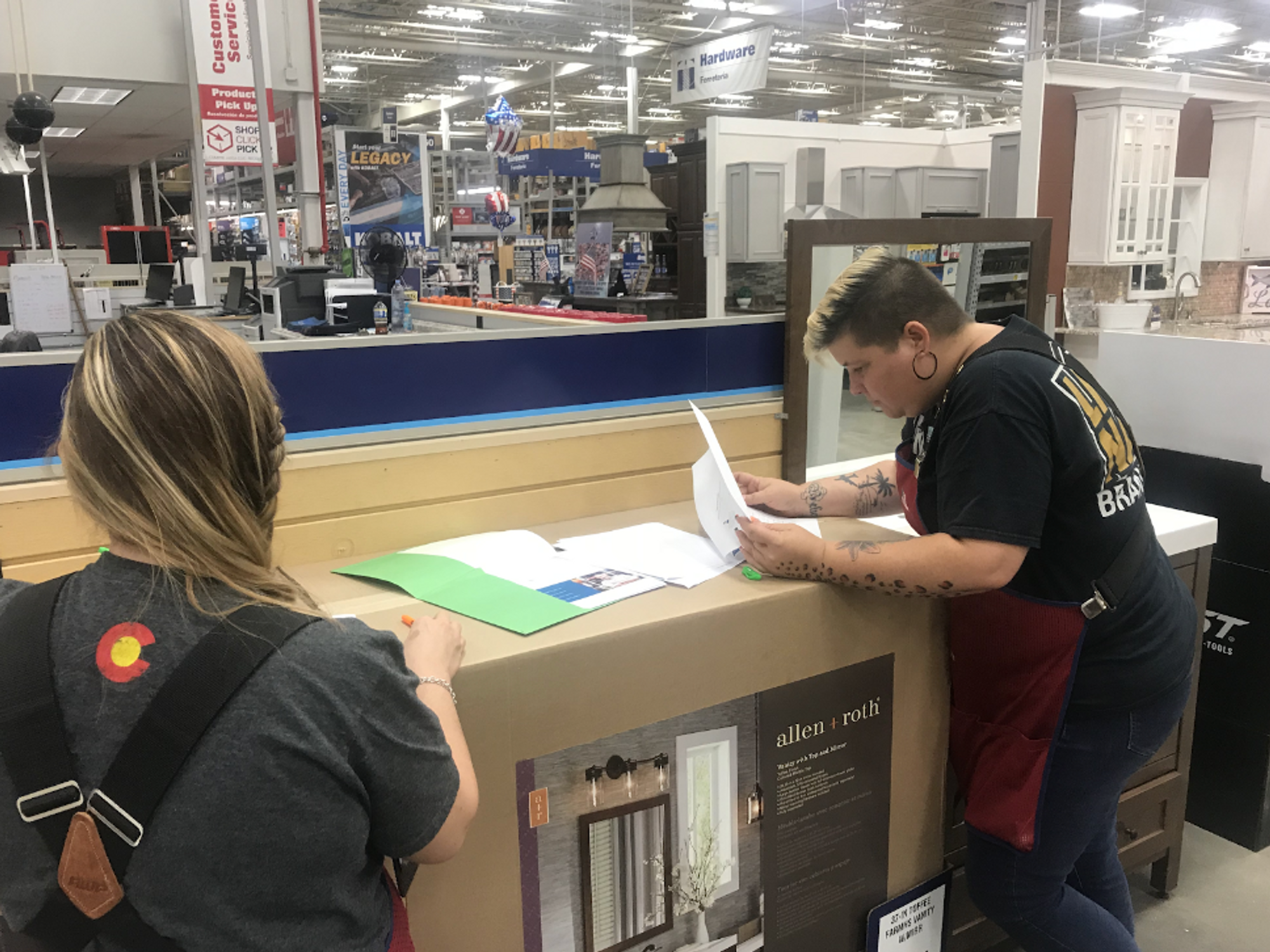
I tested
landing page with Lowe’s employees. I learned that while they liked the idea of getting their degree while they worked, they didn’t love the way that Lowe’s was talking about providing financial assistance. They also didn’t realize that traditional bachelor’s degrees were available and thought the program was only for what they called
man jobs
like becoming an HVAC technician.
10. Infrastructure Layer as Expansion Product
-1.png?width=2000&height=1029&name=image%20(1)-1.png)
The idea here is to take the secret sauce of a vertical solution and turn it into a service that can be sold horizontally.
Example:
- Most healthcare apps struggle with patient engagement.
- Getting humans to care about and meaningfully engage with their health data is an obscenely difficult problem.
- Imagine you were working on an app for patients with Type 1 Diabetes.
- You test your way into the secret sauce that unlocks patient engagement. Amazing!
- But DOULBE AMAZING because you’ve actually found a much bigger opportunity; sell your secret engagement sauce as software/services to the thousands of other health tech companies trying to court patient attention.
11. Note & Vote
Traditional brainstorms are boring and turn out meh ideas. Replace them with this tried and true method developed by Design Sprint creator Jake Knapp.
- Gather your team, and present a prompt.
- We need ideas to solve <customer problem>
- Quarterly planning is coming up, we need to identify projects that will help meet <important objective>
- Divergent Thinking. Set a timer for 5 minutes**.** Each person writes down all possible ideas based on the prompt. They won’t be shared with the group, so there is no need to worry about looking dumb. Have people go for quantity, not quality.
- Convergent Thinking. Set a timer for 2 minutes. Have each person self-edit their list down to the top 1-2 ideas.
- Share out. Have everyone share out their top idea(s) Just say the idea, no sales pitches. Add the ideas to a sheet or virtual board.
- Vote. Set a timer for 5 minutes. Everyone votes for 1-3 ideas.
- Results. Tally the votes and display the results.
You’ll walk with both a list of ideas and the votes, so you’ll know what resonates with the team. You can honor the votes or go your own way. The hard calls and best ideas are not always the popular ones.
12. Anti-Incumbents
Have dreams of disrupting an incumbent tech giant? Draw inspiration by inverting their existing product and business model.
- List out the product attributes of an incumbent company.
- Imagine a product that takes the opposite approach.
- Where could you differentiate by ‘going the other way’?
Example: Spotify vs. Anti-Spotify
-1.png?width=2000&height=1113&name=image%20(2)-1.png)
Side note:
the opposite of a good idea can also be a good idea. You can make your product desirable by making it ubiquitous (
everyone’s got one
) or by making it difficult to get (
it’s sooo exclusive).
13. Opportunity Backlog
- Keep a separate backlog for ideas and opportunities to investigate.
- For each idea, jot down a few notes or fill out a short template:
- Who is the customer?
- What is the problem/opportunity?
- How do we know that customers want this?
- Gist of the solution idea (if you have one)
- When a problem arises, or you need inspiration, review your backlog and see if anything catches your eye.
- More here: https://svpg.com/the-opportunity-backlog/
What not to do
I’d also like to draw your attention to a method I didn’t include: surveys. Surveys are fine for some things but are too surface-level to generate interesting ideas or insights. Consider them your research tool of last resort.
Their popular because they’re easy to distribute and quasi-quantitive. My advice: leave trite methods to the PMs that work for your competition.
Think about it this way: if decisions are based on insights and insights on research, why use the same methods as the competition? Won’t you end up landing on the same mediocre ideas? Instead, embrace the strangeness of more advanced techniques, and you won’t look back.
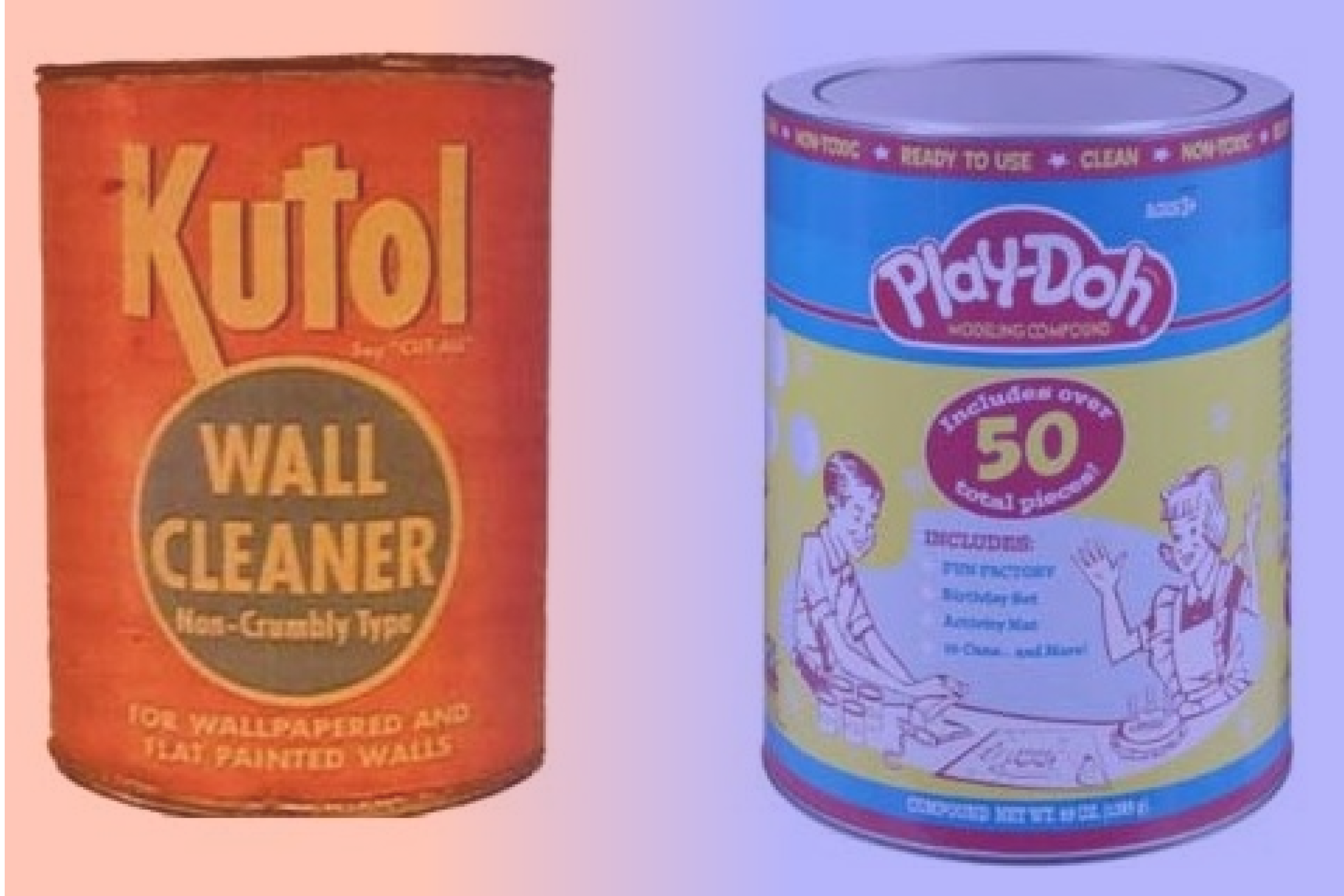
.png?width=2000&height=1229&name=image%20(2).png)
